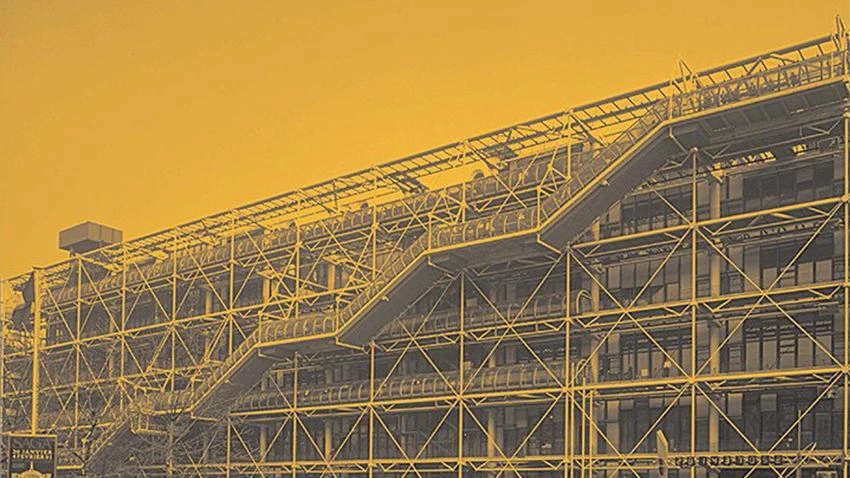
Technique is not neutral. With supposedly objective reasoning the champions of the 20th-century avant-garde used it to justify the new world of forms. Curtain walls, concrete or steel structures, and air conditioning networks were used by some with pragmatic indifference, and seen by others as the alphabet of the language of the future: the language that would go past the incoherencies between architecture and the spirit of the times.
The technocratic bias reached a peak in the 1920s, but reflourished decades later, sustained by a young British engineer, an improbable Pevsner disciple, in a 1960 book titled Theory and Design of the First Machine Age. In it, Reyner Banham dismantled the myths of the avant-gardes and held an opinion that, though ideological and dogmatic, would be much upheld in the next two decades: that Le Corbusier, Gropius, and Mies had failed because their defense of technology had been but an alibi. They had not dared to follow Lautréamont’s “one must be absolutely modern,” so modernity had yet to meet the challenge it had set for itself: to create a technological language befitting the times.
In spite of his contradictions and distance from today’s sustainability ideology, Banham’s figure continues to gain prestige, and the first book under review here cements it. But Reyner Banham and the Paradoxes of High Tech, does not only validate known perspectives on the British historian (the Banham against Tournikiotis, the futuristic Banham of Vidler, the pragmatic Bahman of Whiteley). It also offers a complementary approach to him. For Gannon, the Banham concerned with setting the main points of high-tech is a Banham headed for contradiction, a Banham who upholds technology, style, and aesthetics but ends up writing about tradition, efficiency, and ethics. Gannon works with later writings of the Brit, and concocts a narrative resting on several supports, from analysis of the postwar context to Banham’s thoughts on the essence of architecture, through moments we know of but are presented in new light, such as his defense of the ‘well-tempered environment’ or the declaration of high-tech as a ‘style.’
A theme tackled by Gannon is Banham’s tutelage of a whole generation of British architects, the most radical being Cedric Price, bent as he was on coming up with an architecture that would dissolve: ‘anti-building.’ Beyond this commonplace, The City and the Architecture of Change: The Work and Radical Visions of Cedric Price resembles the other book in its desire to draw a more complex profile of the subject. With lots of unpublished material Herdt presents cases that go from the London Aviary to cybernetic projects like the ‘Generator’ and milestones like the Fun Palace or Potteries Thinkbelt, to conclude that Price’s technocratic fascination with obsolescence, media culture, or computers must be seen as part of broader social concerns where the urban realm was the fundamental field. A broader view that connects the most visionary Price to the problems imposed by the current globalization agenda.







